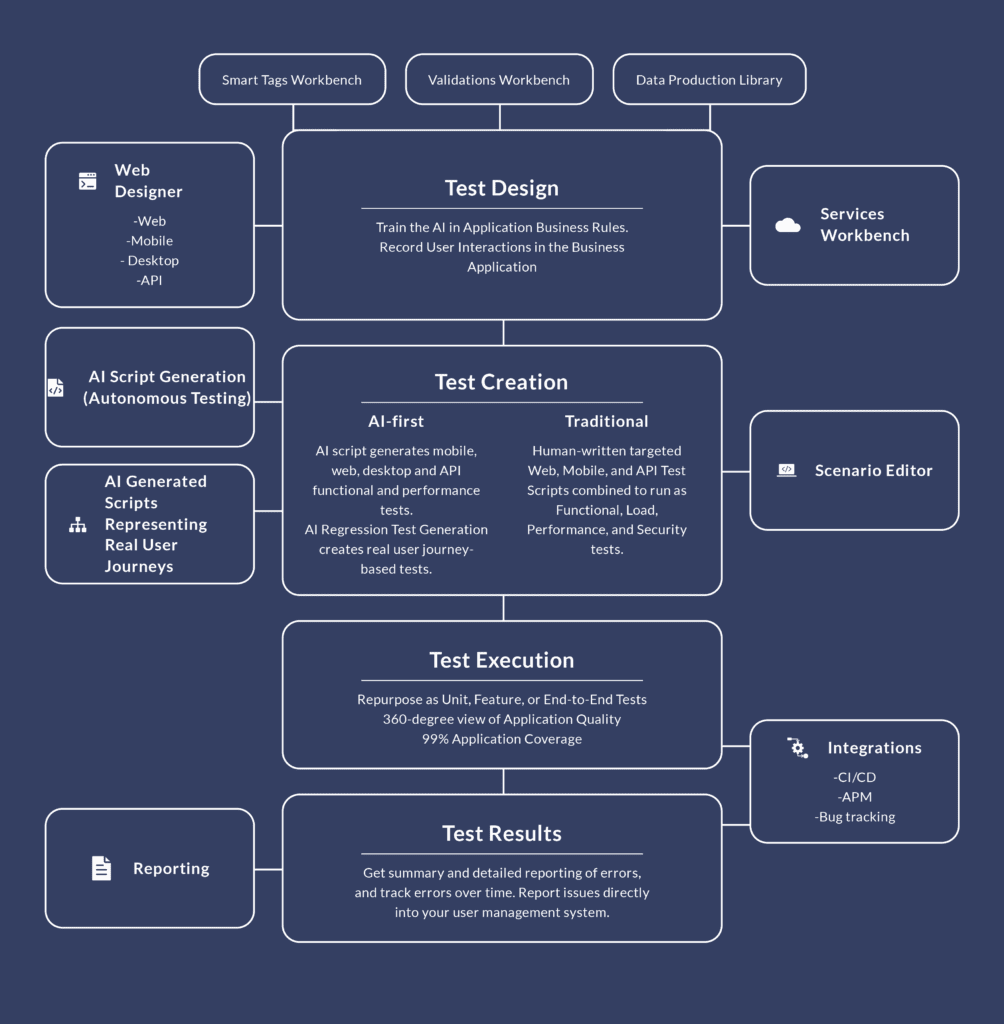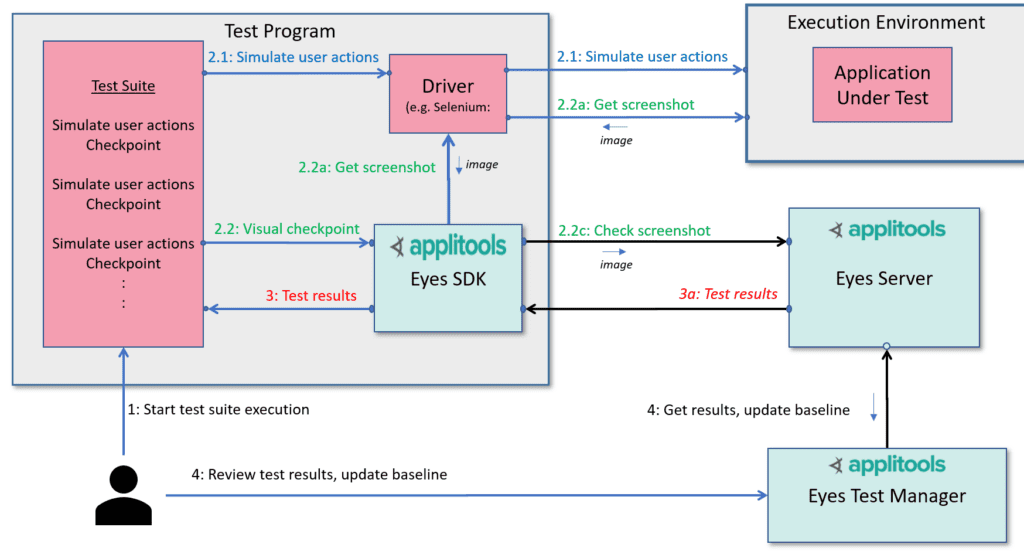Introduction
In today’s fast-paced digital world, Turing Bots are becoming transformative tools in software development. Named after the legendary computer scientist Alan Turing, these AI-powered assistants are designed to streamline the software development lifecycle (SDLC) by automating tasks, enhancing collaboration, and improving overall efficiency. As organizations strive to keep pace with rapid technological advancements, understanding the role and impact of Turing Bots is essential. This article delves into how Turing Bots will affect software development, showcasing their functionalities, real-world applications, and the industry’s future.
What are Turing Bots?
Turing Bots, as defined by Forrester, are AI-driven software solutions that assist in various stages of the software development process. They augment the capabilities of development teams by automating tasks, providing insights, and facilitating collaboration. Turing Bots can be categorized into several roles based on their functionalities:
- Coder Turing Bots: These bots assist developers in writing and completing code. Examples include GitHub Copilot, AWS CodeWhisperer, and Tabnine, which suggest code snippets and automate repetitive tasks.
- Tester Turing Bots: Tools like Applitools and Test Rigor automate testing processes, enabling rapid execution of test cases and improving software quality.
- Design and Planning Bots: These bots can generate code from design specifications or sketches, streamlining the transition from design to development.
Source: Forrester
By integrating Turing Bots into the SDLC, organizations can enhance productivity and reduce the time required to deliver software products.
The Impact of Turing Bots on Software Development
1. Automation of Repetitive Tasks
Turing Bots can automate repetitive coding tasks, freeing up developers to focus on more creative aspects of software development. For example, GitHub Copilot, powered by OpenAI’s Codex, suggests code snippets based on natural language descriptions, speeding up coding and reducing errors. This allows developers to concentrate on problem-solving and feature development, leading to faster project completion and more innovative software design.
2. Enhanced Collaboration
Turing Bots boost teamwork by giving real-time insights and automating communication. They help analyze project needs and create relevant documentation, which is important for keeping everyone on the same page. In the fast-paced world of agile development, it’s crucial to have quick iterations and feedback, and that’s where Turing Bots shine. For example, when a developer changes the codebase, a Turing Bot can automatically update the documentation and inform the team. This helps to avoid misunderstandings and enhances team cohesion. Additionally, Turing Bots can assist with code reviews by highlighting changes and recommending improvements, thereby saving time and streamlining the review process.
3. Real-Time Code Review and Testing
Turing Bots facilitate a continuous testing approach that is central to CI/CD practices. This method allows development teams to integrate code changes frequently and deploy them efficiently, ensuring that software is always in a releasable state. By automating testing processes, Turing Bots can quickly run thousands of visual tests across multiple platforms, significantly reducing the manual effort required for quality assurance.

Source:Appvance
4. Improved Decision-Making through Data Insights
Turing Bots use loads of data to give us important insights for developing software. They look at code quality, technical debt, and user feedback to help decide what to work on. This approach is key for keeping our software top-notch and meeting users’ needs. For example, a Turing Bot can check user feedback from support tickets and social media to find common issues and feature requests, and then suggest which features we should focus on next.
5. Evolution of Developer Roles
Turing Bots are useful because they analyze a ton of data to give us useful insights for making decisions about our software. They look at all sorts of things like the quality of our code, any technical debt we might have, and what users are saying. This helps us figure out what we need to work on next. For instance, a Turing Bot can check out user feedback from support tickets and social media to find out what problems users are facing and what new features they’re asking for. Then, based on this info, the bot can suggest which features we should prioritize for the next development phase.
Real-World Examples of Turing Bots
1. GitHub Copilot
GitHub Copilot is a leading example of a Turing Bot that acts as an AI-powered pair programmer. It assists developers by suggesting code snippets and completing functions based on natural language prompts. This tool has gained widespread adoption, helping developers enhance productivity and streamline the coding process. A comparison of developers who used GitHub Copilot versus those who didn’t revealed that those who utilized Copilot completed the task 55% faster than those who didn’t. The report also found that GitHub Copilot supports faster completion times, conserves developers’ mental energy, helps them focus on more satisfying work, and ultimately finds more fun in the coding they do.
Source: GitHub
2. AWS CodeWhisperer
AWS CodeWhisperer is another coder Turing Bot that integrates seamlessly with AWS services. It provides code recommendations tailored to specific AWS functions, making it easier for developers to build cloud-native applications. By understanding the context of the code being written, CodeWhisperer can suggest optimal solutions that leverage AWS’s extensive suite of tools and services. For example, if a developer is working on a serverless application, CodeWhisperer can recommend best practices for using AWS Lambda, DynamoDB, and other services, ensuring the application is built efficiently and effectively. Amazon reports that CodeWhisperer has helped 1000’s developers become more productive by helping them complete their tasks up to 57% faster
3. Applitools
Applitools offers a suite of AI-powered testing tools. Its visual testing capabilities allow teams to automate the testing of user interfaces across various devices and browsers, ensuring consistent user experiences without extensive manual testing efforts. By using Applitools, teams can quickly identify visual discrepancies that may arise due to code changes, ensuring that the final product meets user expectations. Imagine a team developing a mobile application that needs to function seamlessly across various devices. Applitools can automatically run tests on different screen sizes and resolutions, identifying any layout issues that could impact user experience. This capability allows teams to deliver high-quality applications that work flawlessly for all users.

Source: Appitools
4. DeepMind’s AlphaCode
DeepMind’s AlphaCode represents the next generation of Turing Bots, capable of understanding complex problem specifications and generating code solutions. This advanced capability indicates a future where Turing Bots can tackle more sophisticated programming challenges, further enhancing the role of AI in software development.
AlphaCode’s ability to comprehend intricate coding problems and generate solutions showcases Turing Bots’ potential to assist in routine tasks and in tackling complex algorithms and data structures. The image below highlights the capacity of AlphaCode and how it outperforms human coders.

Source: Deepmind AlphaCode
The Future of Turing Bots in Software Development
1. A Shift Towards Autonomous Development
As Turing Bots continue to advance, they will become more independent, needing less input from us humans. This change will allow development teams to concentrate on big-picture planning and creativity while the bots handle everyday tasks. Nevertheless, oversight will still be essential to guarantee quality and security during the development phase. For instance, as Turing Bots take on more tasks, developers might find themselves in roles that involve supervising AI-driven processes, making sure that the results align with the organization’s objectives and the needs of users. This new setup will require balancing the use of AI capabilities with ongoing human oversight.”
2. Integration with Emerging Technologies
As Turing Bots evolve, they will likely be integrated with other emerging technologies, like blockchain and the Internet of Things (IoT). This combination could result in the development of more secure and efficient software solutions. Turing Bots could use data from various sources to make better decisions. For instance, if Turing Bots work with IoT devices, they could analyze real-time sensor data to improve software performance and user experiences. This could be really helpful in industries like manufacturing, healthcare, and smart cities, where analyzing real-time data is crucial for decision-making.
3. Continuous Learning and Adaptation
As technology keeps changing, Turing Bots will have to keep learning new coding languages, frameworks, and industry standards. This continuous learning is important to make sure they stay useful and up-to-date. Machine learning algorithms will help with this by letting the bots learn from their past experiences and get better over time. When developers give feedback on the suggestions and outputs, the bots will use that information to improve their algorithms and give more accurate and relevant recommendations.
4. Ethical Considerations and Challenges
As more and more Turing Bots are being used, it’s important to consider their ethics. We need to make sure things like data privacy, security, and the possibility of bias in AI algorithms are considered. Organizations should set up rules and best practices for using Turing Bots to ensure they’re being used fairly and clearly. This means being careful about the data we use to teach the AI because if the data is biased, the AI’s results could be biased too, affecting the quality and fairness of the software it creates.
Conclusion
Turing Bots are poised to revolutionize software development by automating tasks, improving collaboration, and boosting efficiency. They will play a crucial role in the SDLC, transforming the way software is developed, tested, and deployed. Embracing Turing Bots will enhance productivity and drive innovative solutions in a rapidly evolving digital landscape. This partnership between human developers and Turing Bots will define the next era of software development, leading to unprecedented levels of efficiency and creativity.
